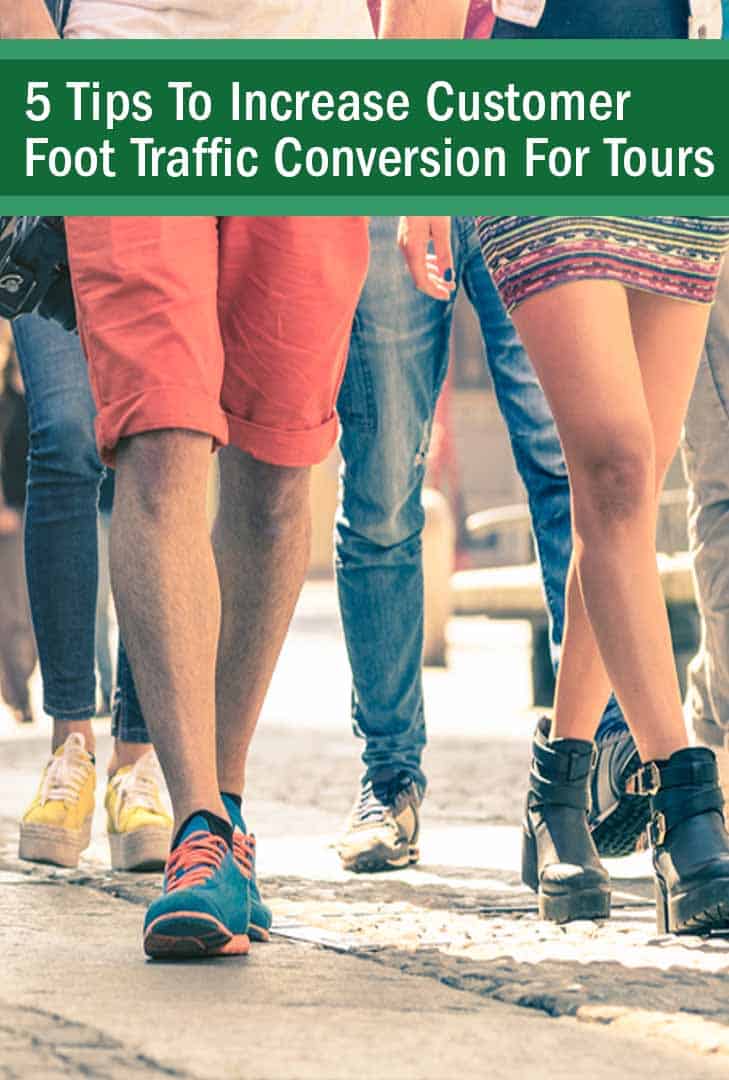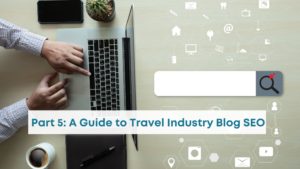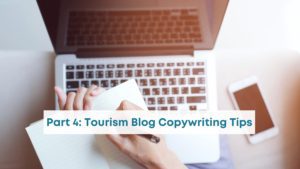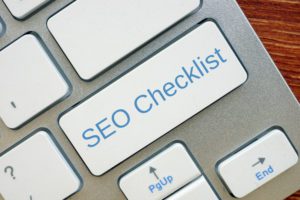Access to any information, anytime. That’s life for your potential travelers. Your potential guests have the benefit of having so many choices at their fingertips wherever they are in the world. Thanks to the penetration of OTA’s and online shopping, this is not just a trend it has become the norm, and it is only accelerating. Just because there is online shopping there doesn’t mean there isn’t the potential for better customer foot traffic conversion – especially for tour companies located in major tourism destinations. Like the online channel – your potential guests hit information overload by the sheer number of decisions, what is needed is a way to standout amongst them all.
Tourism foot traffic businesses need to find better ways to break through the clutter in order increase consideration
Take for example, my recent visit to the popular city of Pokhara in Nepal. Pokhara is a popular travel destination specializing in trekking in the Himalayas. On a busy foot traffic mainstreet near the lakeside, there are at least 30 tour company offices lined up within blocks of one another, as well as handicraft shopping, trekking gear stores and restaurants. Many of these tour offices had good customer foot traffic and were advertising identical features such as trekking tours,hotel packages, and transportation options.
Most of these stores display a similar list of sun-faded pictures and features of their hiking trips. These tours are not only competing with one another for guests passing by, but they are also fighting for consideration of potential guests viewing online.
Sadly, discounts start to creep into their marketing communications on their sandwich boards and windows outside, and their marketing brochures. I watched one afternoon as potential guests walked past these offices, eyes glazed over by the plethora of options and they seemed overwhelmed by the choices and decisions to make. Their body language indicated they wanted to buy, but there wasn’t enough in the message to drive consideration nor to continue looking at these choices.
Don’t Do This!
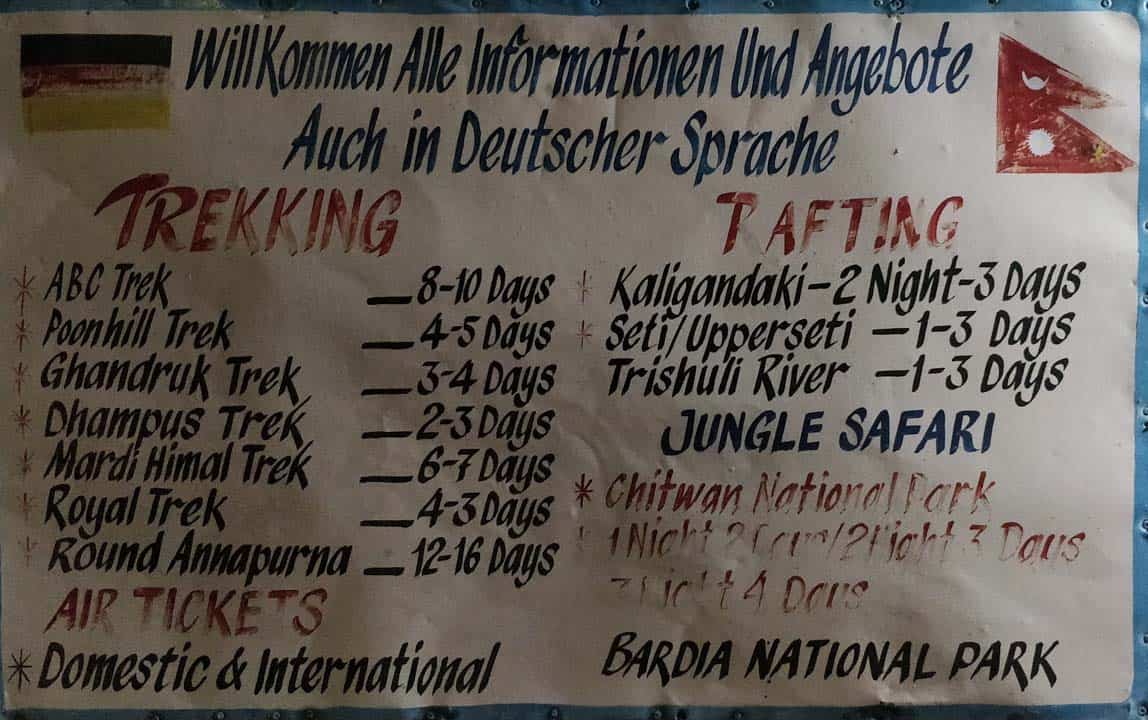
Here is an example of what not to do ! Faded laundry list of offering DOES NOT persuade travelers at all!
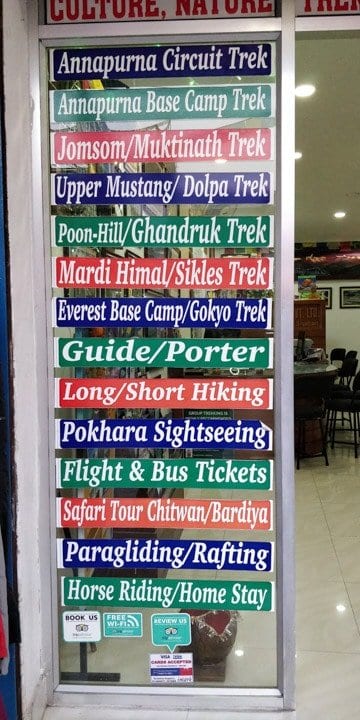
These signs do not encourage someone to walk in to your tour office instead of your competition.
Give your guests something to stop and take notice of you – and it doesn’t have to be a price discount.
Here are 5 Tips to increase foot traffic in a business and allows prospects to take notice
1. Find out the Needs of your Ideal Guests instead of Communicating Features
Features are just features. They don’t matter unless they are meeting the needs of your potential guest.
Take for instance our example one storefront company called– Himalayan Trekking Tours. Before they researched their past guests to fully understand the needs, they developed a rather generic feature-style communication that looking virtually identical to all other trekking companies on the block.
Then they decided to talk to their past guests to understand their most important needs they want addressed in a Himalayan trekking tour. The majority of their past guests were looking for a reassurance of safety. So benefits clearly stated such as local/reputable guides with lengthy experience, high safety standards, and credentials that back them up, were the major drivers of their decision between tours. These guests would also read reviews to reassure themselves and to make the choice between brands. At times, other guests inquired about responsible travel practices – where their money is going, how their visit will impact the area, and steps being taken to preserve the environment.
2. Use these Needs to Update Your Communications
Tour brands relying on walkby traffic create messages outside their office to make it more inviting for potential guest to walk in and learn more. This can include banners, posters, sandwich boards, staff sales pitches, great photos, and enticing copy.
Here are some examples:
A. Improve Your Outside Signage – Enticing Photos and Creativity
People want to imagine themselves in the travel experience. Photos of past guests enjoying your tour is a great way to do this. (This also works for hotel rooms.) Display appealing, high-quality pictures of people enjoying your various hikes and services. What about doing something creative with window displays, lighting, and movement? Sunfaded, old and tattered signs not only don’t help you sell the quality of your brand but they don’t encourage potential guests to walk in your door either.
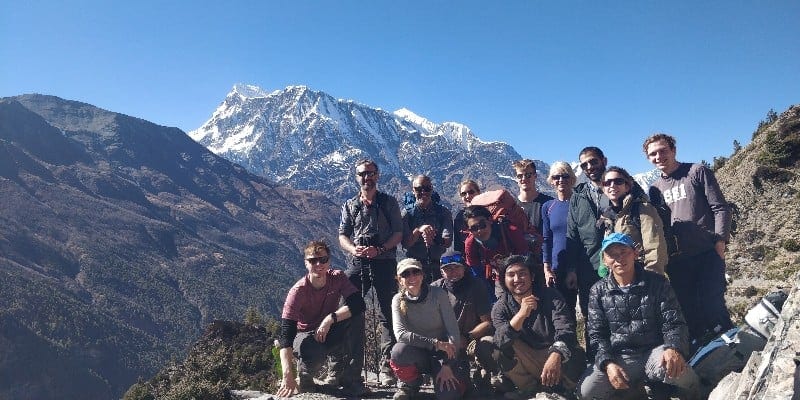
Show people enjoying your experience!
B. Use Needs Based Calls to Action
Here are some examples how Himalayan Trekking tours could communicate more needs-based copy from the information they learned from past guests:
“Welcome to Himalayan Trekking Tours – Top-rated tours in Nepal for over 20 years, safe, and with expert local guides. Come in and find out why we are rated 5 stars on Trip Advisor.”
“Welcome to Himalayan Trekking Tours – find out why we’ve helped thousands of travelers have a safe, comfortable and unforgettable trek in the Himalayas. Come on in and find out how!”
Other persuasive copy could include: short quotes from guests, and highlight your accreditations.
Of course these tips can work online and offline with a few copy variations.
3. Nail the sales pitch
Your staff needs an ‘elevator pitch’. It should include how they can help your guests, and why guests are satisfied with working with them. Why not invite guests walking by to come in and practice this sales pitch face-to-face. The elevator pitch should include how they can help them, and address their needs.
4. Include YOU and your staff as an important part of your communication
- People Matter. Highlight great experiences with your staff because your people can set you apart from other businesses.
Who wants to buy something from someone they don’t like?
Note that:
- People want to work with people they LIKE. A friendly staff member that shares why they love working there can pique the interest of customers.
- Include testimonials as part of your signage – why travelers love your guides and selling staff as a way to set you apart from the others.
- People want to work with people that have a purpose. They love what they do, and they are doing things that matter.
- Your story matters. Why you do what you do matters to travelers.
Example: Himalayan Trekking could leverage this idea with messaging such as:
– Use Trip Advisor accreditations on their windows and go a step further by highlighting specifics such as:
– “Find out why our guests love working with us.”
-They could post excerpts from their reviews about their staff.
– Include a strong “About Us” section with your mission statement on your website and in your in-store marketing materials.
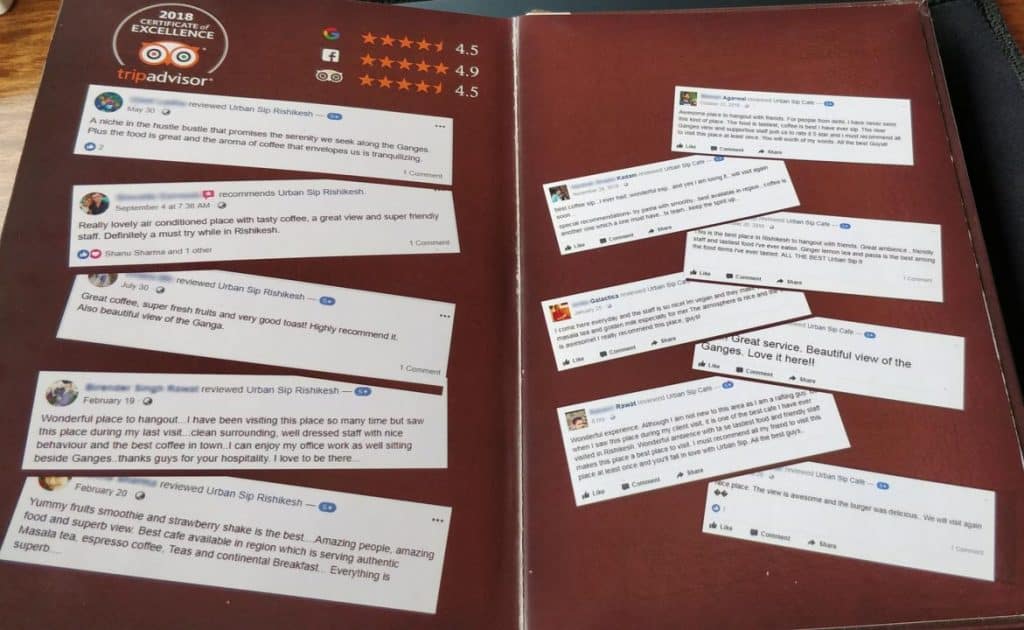
Share your reviews — on your signage, and communication materials. Your Guests use reviews consistently to make their decisions.
5. Leave Pricing Out of the Equation
Leave pricing out of these messages at this stage. It is not necessary to include the price in your communications at this point because your guests are still at the awareness stage and you need to get them to trust you (convince them you can meet their needs) instead of price discounting at this stage. Please don’t intice guests to come in with a low price. This sends a wrong message about the quality of your service AND it erodes your margins. Get them to get to know you and focus on your offer that responds to travelers’ needs, showing your human and authentic side.
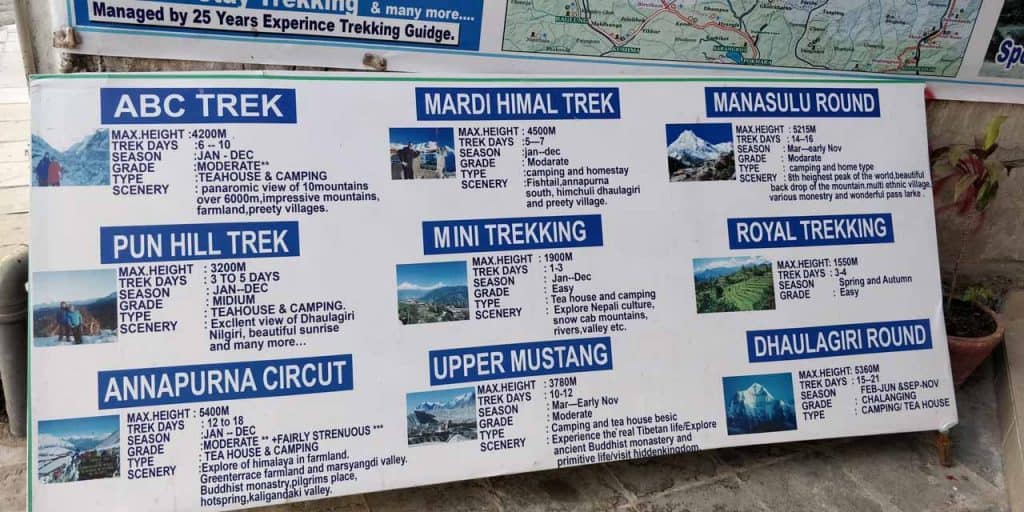
Here is an example of not using pricing well, yet still they haven’t persuaded the potential guest with this sign.
Helpful Tips? Do you have any customer foot traffic conversion tips you want to share with our readers? Please let us know.
You can find more tips on our blog to improve your Tourism Marketing here.
